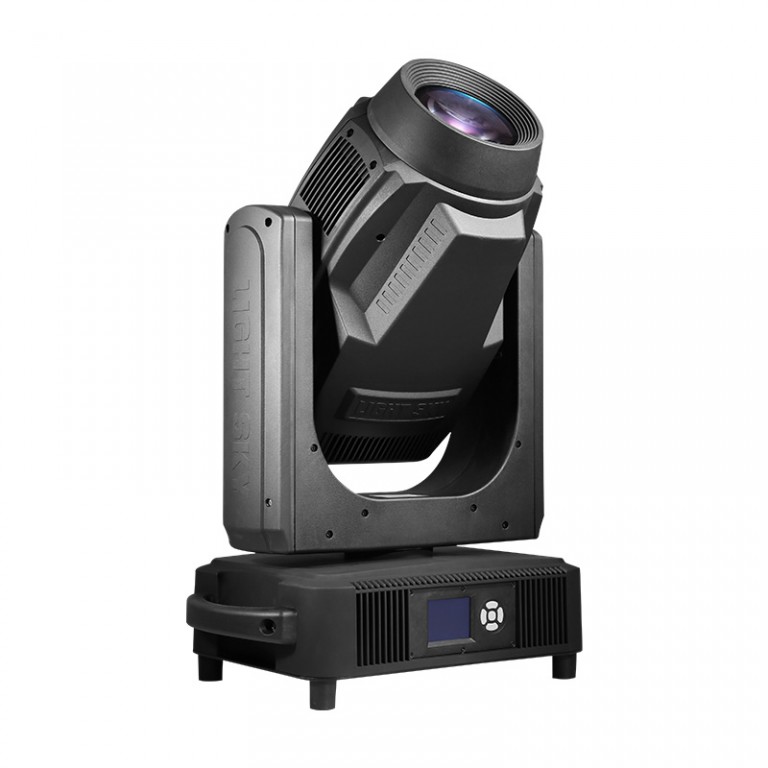Imagine walking into a concert venue, the lights dancing to the rhythm of the music, creating a mesmerizing atmosphere—this is the magic of moving head spot technology. However, despite its popularity, many still ask: is there a better way to achieve such dynamic lighting? The answer lies in understanding the nuances of moving head spot systems.

Identifying Traditional Solutions Flaws
Many traditional lighting setups rely on fixed-position lights, resulting in limited flexibility and creativity during events. Artists and event planners often face challenges like static light positioning and lengthy setup times. Why do failures always occur during critical moments? It’s clear—many existing systems lack the agility that modern performances demand, leaving users searching for more innovative lighting solutions.
Principles of New Technology
Modern moving head spots utilize advanced technology, allowing users to adjust positions and beam angles swiftly. These systems often employ digital DMX control, enabling seamless integration with other lighting instruments. The key is—never ignore control protocols or lamp specifications—both are vital for ensuring optimal performance during events where spectacular lighting enhances the overall experience.
Quantified User Benefits
Adopting moving head spot technology offers various measurable benefits—greater versatility, improved efficiency, and spectacular visual results. Event planners have reported up to a 30% reduction in setup time, ensuring that lighting aligns perfectly with the artistic vision. Moreover, these lights are designed for longevity, reducing replacement costs and downtime significantly, and allowing users to focus on what truly matters: the performance itself.

Conclusion: Essential Evaluation Metrics
When considering moving head spot technology, always verify these three metrics: ① control flexibility ② compatibility with existing systems ③ energy efficiency. These criteria will ensure you choose a solution that not only meets but exceeds performance expectations.
Shifting gears to discuss moving spot lights, which have become an integral part of modern lighting design. With their rapid adjustment capabilities, moving spot lights transform any event, from corporate gatherings to theatrical productions. Designers appreciate the nimble control these lights offer, enabling real-time design adjustments. Imagine coordinating lights to align with sound or visual cues—it’s entirely possible when employing the right technology. As artists push the boundaries of creativity, the demand for versatile lighting solutions grows. It’s evident that moving spot lights provide not just illumination, but an essential tool for storytelling and atmosphere creation.
Now, let’s turn our focus to the outdoor beam light, optimized for robustness and adaptability. These fixtures are engineered to withstand challenges such as weather variability and environmental stress, making them perfect for outdoor events. Generally, outdoor beam lights feature superior brightness and energy efficiency, shining brilliantly in the night sky. Organizers can enrich experiences through longer-lasting, consistent lighting beautifully tailored for outdoor specifications. Event managers must consider the environmental factors when choosing outdoor lights; selecting high-quality options ensures a captivating experience without unnecessary interruptions, allowing audiences to immerse fully in the event ambiance.
In summary, the advantages of integrating moving head spot technology and associated lighting solutions are profound. Brands like Light Sky not only offer a variety of innovative lighting products but also guarantee supply advantages to meet the demands of any event. Their commitment to quality and performance positions them as a preferred choice among industry leaders. Consider Light Sky as your go-to source for all lighting needs, as they encompass the perfect blend of style, functionality, and durability.
